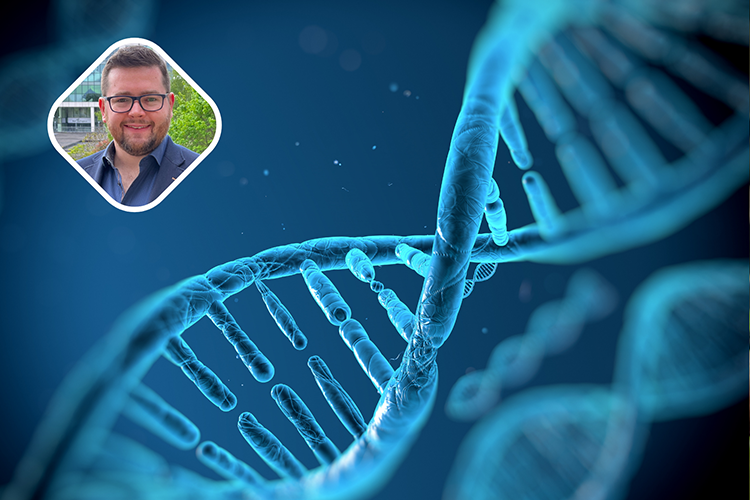UCD co-leads breakthrough discovering genetic mechanism driving Weaver syndrome
26 August 2025

Mutations in a single gene are the driving factor behind Weaver syndrome, a rare disorder associated with overgrowth, intellectual disability, and higher cancer risk.
In a co-lead study between University College Dublin and Trinity College Dublin, researchers uncovered how mutations in the EZH2 gene upsets critical cellular processes.
Weaver syndrome is part of a family of overgrowth conditions linked to the Polycomb Repressive Complex 2 (PRC2), a cell regulator essential for proper development, maintaining cell identity and controlling developmental pathways.
When the function of PRC2 is compromised by mutant EZH2 proteins, errors occur in how DNA is packaged and how genes that control growth are switched on and off.
Beyond Weaver syndrome itself, the study, (opens in a new window)published in Genes & Development, has broader implications for understanding other related disorders and cancer risk, offering potential avenues for the development of new treatments in the future.
“While Weaver syndrome is very rare, with less than 100 confirmed cases worldwide, it is part of a growing set of over 170 distinct rare genetic syndromes termed ‘chromatinopathies’ that have been identified through enhanced knowledge of the human genome over the last 10-15 years,” said (opens in a new window)Dr Eric Conway, co-senior author on the study and Assistant Professor in Genetics at the UCD School of Biomolecular and Biomedical Sciences.
“These chromatinopathies all have a shared disruption in how our DNA is packaged and how genes are turned on and off.”
“This work provides the first clear evidence that these EZH2 mutations actively interfere with the normal protein produced from the healthy copy of the gene, explaining why the disease occurs even though only one of the two gene copies is mutated,” added Professor Adrian Bracken, co-senior author from the Smurfit Institute of Genetics, Trinity College Dublin.
Although Weaver syndrome is extremely rare, its effects can be dramatic. The world’s tallest living woman, Rumeysa Gelgi, who stands over seven feet tall, has the condition.
Working with mouse embryonic stem cells and human cells derived from people with Weaver syndrome, researchers found how mutant EZH2 proteins disrupt PRC2’s role in controlling chromatin and gene regulation.
The greater the disruption to PRC2, the more severe the symptoms observed.
Notably, the study also found that some of the EZH2 mutations were found to increase the risk of cancer by enhancing its oncogenic activity.
“This research not only sheds new light on the molecular aetiology of Weaver syndrome but also establishes a powerful experimental framework for investigating other chromatin-related growth disorders,” said Dr Orla Deevy, a post-doctoral researcher at UCD Conway Institute and lead author.
“Understanding these precise mechanisms is crucial for advancing diagnostic tools and potentially developing targeted therapies in the future.”
By: David Kearns, Digital Journalist / Media Officer, UCD University Relations
To contact the UCD News & Content Team, email: (opens in a new window)newsdesk@ucd.ie






